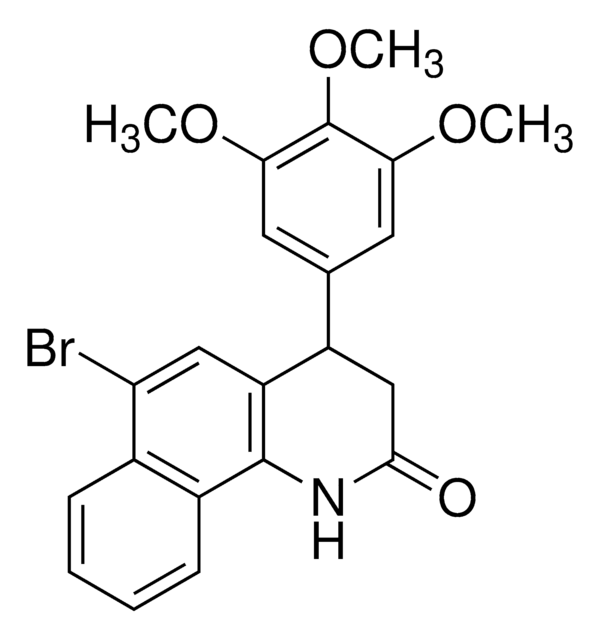C3306
Calcium chloride dihydrate
for molecular biology, ≥99.0%
Synonym(s):
CaCl2.2H2O, Calcium chloride, Calcium dichloride
Sign Into View Organizational & Contract Pricing
All Photos(4)
About This Item
Empirical Formula (Hill Notation):
CaCl2 · 2H2O
CAS Number:
Molecular Weight:
147.01
EC Number:
MDL number:
UNSPSC Code:
12352302
PubChem Substance ID:
NACRES:
NA.31
Assay:
≥99.0%
grade:
for molecular biology
form:
powder
solubility:
H2O: 294 mg/mL, clear, colorless
Recommended Products
grade
for molecular biology
Quality Level
Assay
≥99.0%
form
powder
mp
176 °C (dec.) (lit.)
solubility
H2O: 294 mg/mL, clear, colorless
foreign activity
DNase, RNase, protease, none detected
SMILES string
O.O.Cl[Ca]Cl
InChI
1S/Ca.2ClH.2H2O/h;2*1H;2*1H2/q+2;;;;/p-2
InChI key
LLSDKQJKOVVTOJ-UHFFFAOYSA-L
Looking for similar products? Visit Product Comparison Guide
Application
Calcium chloride dihydrate has been used:
to prepare competent E. coli for transformation(118)
in the preparation of calcium polyphosphate nanospheres and to induce alkaline phosphatase(119)
as a component of renaturation buffer for the zymogram of Staphylococcus aureus crude enzyme extracts(120)
to prepare competent E. coli for transformation(118)
in the preparation of calcium polyphosphate nanospheres and to induce alkaline phosphatase(119)
as a component of renaturation buffer for the zymogram of Staphylococcus aureus crude enzyme extracts(120)
Biochem/physiol Actions
Calcium chloride is used in the heat-shock transformation of microbes with the plasmid. The positive charged calcium forms a cation bridge with phosphate of DNA and negative charged phosphorylated lipid A in lipopolysaccharide (LPS) aiding the DNA transformation into the microbes.
Signal Word
Warning
Hazard Statements
Precautionary Statements
Hazard Classifications
Eye Irrit. 2
Storage Class Code
13 - Non Combustible Solids
WGK
WGK 1
Flash Point(F)
Not applicable
Flash Point(C)
Not applicable
Personal Protective Equipment
dust mask type N95 (US), Eyeshields, Gloves
Choose from one of the most recent versions:
Already Own This Product?
Find documentation for the products that you have recently purchased in the Document Library.
Customers Also Viewed
Preparation of calcium competent Escherichia coli and heat-shock transformation
Chang AY, et al.
Journal of Experimental Microbiology and Immunology, 1, 22-25 (2017)
Andrew W Moran et al.
Frontiers in nutrition, 5, 101-101 (2018-11-13)
The Na+/glucose cotransporter 1, SGLT1 is the major route for transport of dietary glucose from the lumen of the intestine into absorptive enterocytes. Sensing of dietary sugars and artificial sweeteners by the sweet taste receptor, T1R2-T1R3, expressed in the enteroendocrine
Yujin E Kim et al.
Nature protocols, 5(8), 1396-1405 (2010-07-31)
Applications for noninvasive real-time imaging of apoptosis and neuronal degeneration are hindered by technical limitations in imaging strategies and by existing probes. Monitoring the progression of a cell through apoptosis could provide valuable insight into the temporal events that initiate
Bradley T Estes et al.
Nature protocols, 5(7), 1294-1311 (2010-07-03)
The ability to isolate, expand and differentiate adult stem cells into a chondrogenic lineage is an important step in the development of tissue engineering approaches for cartilage repair or regeneration for the treatment of joint injury or osteoarthritis, as well
Denisa Hathazi et al.
The EMBO journal, 39(23), e105364-e105364 (2020-11-01)
Reversible infantile respiratory chain deficiency (RIRCD) is a rare mitochondrial myopathy leading to severe metabolic disturbances in infants, which recover spontaneously after 6-months of age. RIRCD is associated with the homoplasmic m.14674T>C mitochondrial DNA mutation; however, only ~ 1/100 carriers develop
Our team of scientists has experience in all areas of research including Life Science, Material Science, Chemical Synthesis, Chromatography, Analytical and many others.
Contact Technical Service






